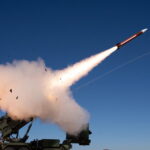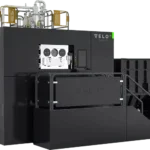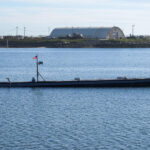The Department of Homeland Security (DHS) has added Chicago to its urban area nuclear security program and provided the city with $3.5 million to begin planning and analysis.All told, Chicago will receive up to $30 million over five years under the Security the Cities program, which was originally launched in the New York/New Jersey metropolitan region as a pilot program in 2006 and now includes the Los Angeles/Long Beach region, the greater Washington, D.C. area, and Houston.DHS says it continues…
Contract Updates
ICF Mercantile LLC (Warren, New Jersey) – $150,000,000
ICF Mercantile LLC,* Warren, New Jersey, has been awarded a maximum $150,000,000 firm-fixed-price delivery order (SP8000-26-F-0008) issued against an indefinite-delivery/indefinite-quantity contract (SP8000-26-D-0005) for aerospace grade rayon fiber. This was a sole-source acquisition using justification 10 U.S. Code 3204 (a)(3)(A), as…
Lockheed Martin Corp. (Orlando, Florida) – $328,500,000
Lockheed Martin Corp., Orlando, Florida, was awarded a ceiling of $328,500,000 undefinitized contract action issued as a letter contract for Department of Defense and Foreign Military Sales (FMS) Sniper, Infrared Search and Track, and Low Altitude Navigation and Targeting Infrared…
Zapata Black & Veatch JV LLC (Charlotte, North Carolina) – $29,000,000
Zapata Black & Veatch JV LLC, Charlotte, North Carolina, was awarded a $29,000,000 firm-fixed-price contract for planning, design, construction, and operation services. Bids were solicited via the internet with six received. Work locations and funding will be determined with each…
Burns & McDonnell Engineering Co. Inc. (Kansas City, Missouri) – $49,000,000
Burns & McDonnell Engineering Co. Inc., Kansas City, Missouri, was awarded a $49,000,000 firm-fixed-price contract for planning, design, construction, and operation services. Bids were solicited via the internet with four received. Work locations and funding will be determined with each…

 By
By 











